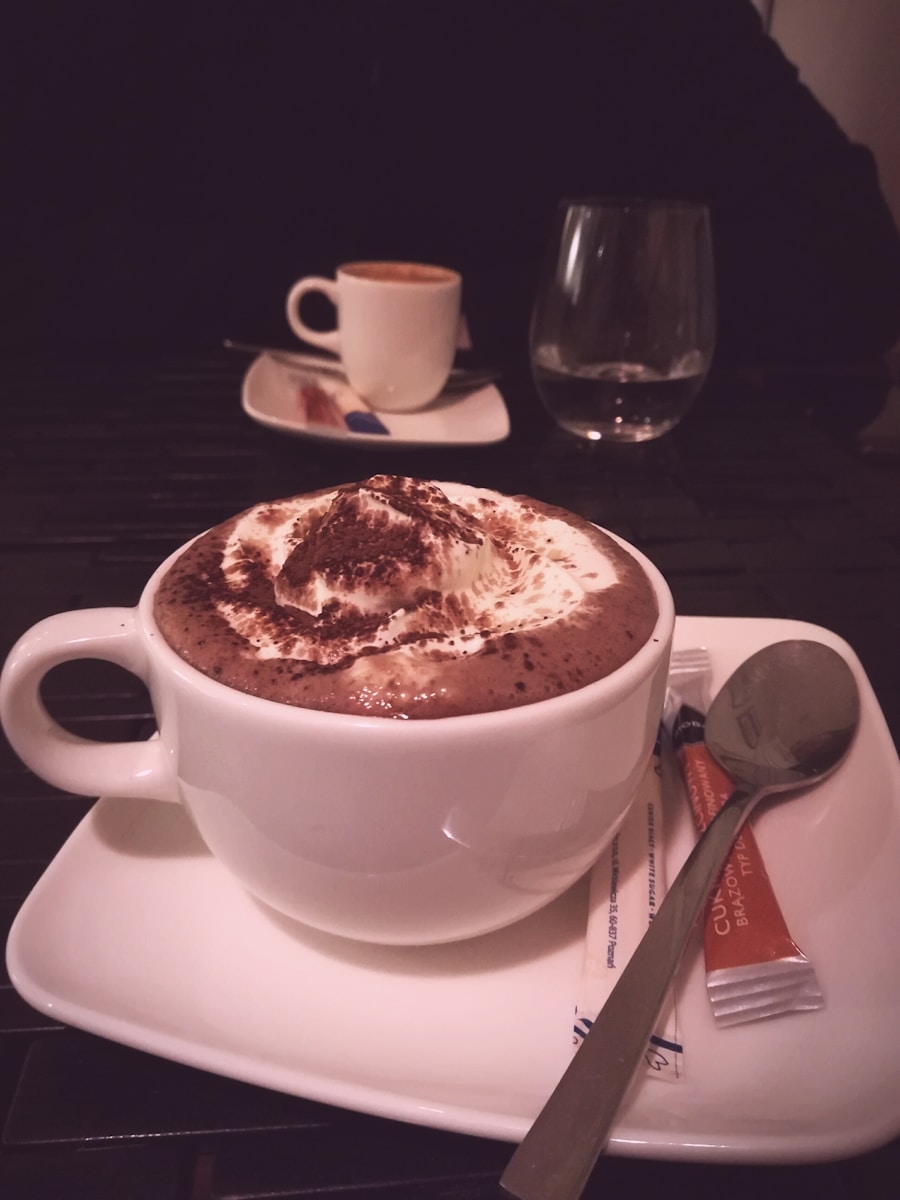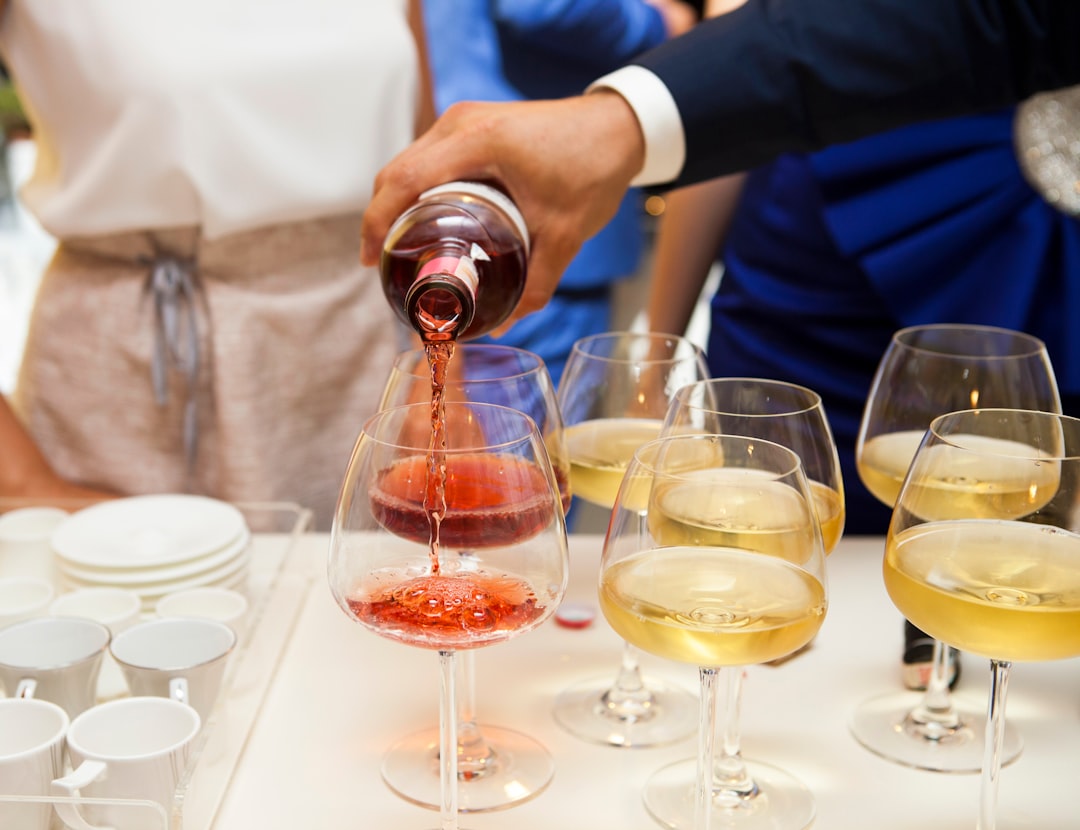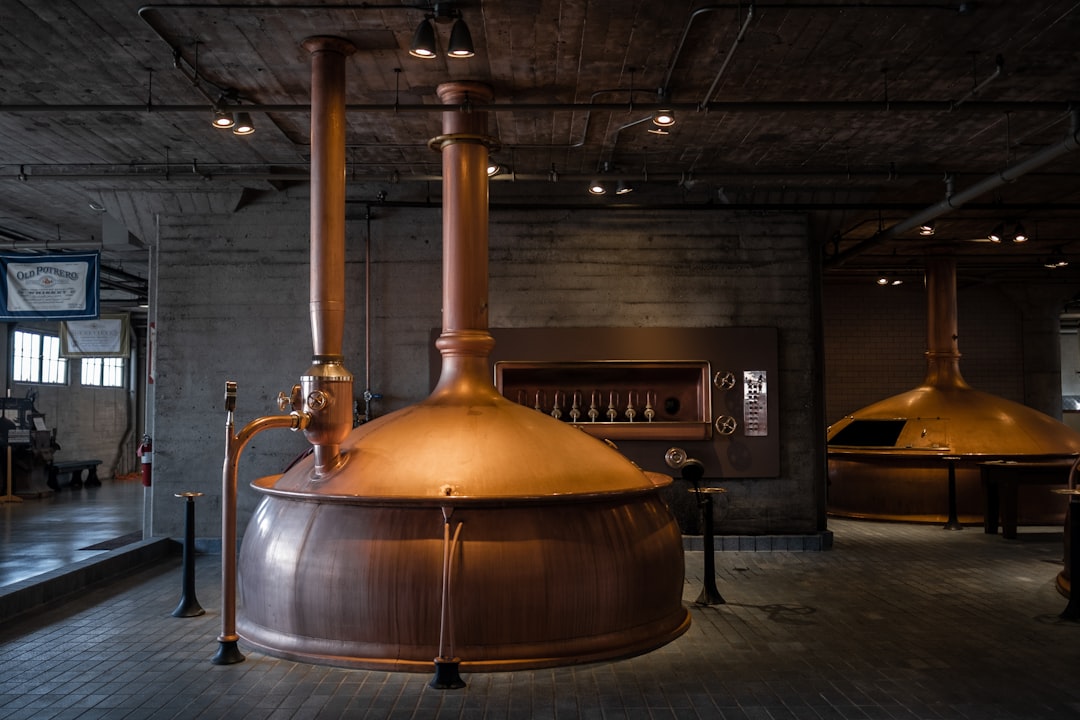The origins of hot chocolate can be traced back to the ancient Mesoamerican cultures, particularly the Olmecs, who are believed to have been the first to cultivate cacao around 1500 BCE. They prepared a bitter beverage made from ground cacao beans, often flavored with spices and consumed during rituals and ceremonies. The Mayans and Aztecs later adopted this drink, elevating it to a status of luxury and reverence.
The Aztec emperor Montezuma II was famously known to consume large quantities of this frothy drink, which he believed to be an aphrodisiac and a source of vitality. The cacao beverage was often served cold, mixed with water, chili peppers, and other spices, creating a complex flavor profile that was far removed from the sweet concoctions we enjoy today. When Spanish explorers encountered this rich beverage in the 16th century, they brought it back to Europe, where it underwent significant transformation.
The addition of sugar and milk made it more palatable to European tastes, leading to its rise in popularity among the aristocracy. By the 17th century, hot chocolate had become a fashionable drink in European salons, often served in elaborate cups and accompanied by social gatherings. The Industrial Revolution further propelled its popularity, as innovations in processing cacao made it more accessible to the general public.
By the 19th century, hot chocolate had evolved into a sweetened beverage that could be enjoyed by all, paving the way for the diverse varieties we see today.
Key Takeaways
- Hot chocolate has a rich history dating back to the ancient Mayans and Aztecs, who enjoyed a bitter, spicy version of the drink.
- A great hot chocolate is made with high-quality chocolate, milk, and a touch of sweetness, and can be customized with toppings like whipped cream or marshmallows.
- Check out the top 5 hot chocolate spots in your area for a delicious and cozy experience.
- There are hot chocolate options available for different dietary restrictions, including vegan, dairy-free, and sugar-free varieties.
- Learn how to make the perfect hot chocolate at home with simple ingredients and easy-to-follow recipes.
What Makes a Great Hot Chocolate?
A great hot chocolate is defined by its rich, velvety texture and deep, complex flavor. The foundation of any exceptional hot chocolate lies in the quality of the chocolate used. High-quality dark chocolate or cocoa powder can elevate the drink from a simple sweet treat to a luxurious experience.
The balance between sweetness and bitterness is crucial; too much sugar can mask the chocolate’s natural flavors, while too little can leave the drink tasting flat. A well-crafted hot chocolate should have a harmonious blend of these elements, allowing the chocolate’s inherent richness to shine through. In addition to the chocolate itself, the preparation method plays a significant role in achieving that perfect cup.
Traditional methods involve melting chocolate directly into warm milk or water, allowing for a smooth integration of flavors. Some recipes call for whisking or frothing to create a light, airy texture that enhances the drinking experience. The addition of spices such as cinnamon or nutmeg can introduce an aromatic complexity that complements the chocolate beautifully.
Toppings like whipped cream, marshmallows, or even a sprinkle of sea salt can add an extra layer of indulgence, transforming a simple beverage into a decadent treat.
Top 5 Hot Chocolate Spots in Your Area

When it comes to finding the best hot chocolate, local cafes and chocolatiers often have their own unique takes on this beloved beverage. One standout spot is “Cocoa Haven,” known for its artisanal approach to hot chocolate. They use single-origin dark chocolate sourced from sustainable farms, creating a rich and flavorful drink that changes with the seasons.
Their signature “Spicy Aztec” hot chocolate incorporates chili and cinnamon for a delightful kick that pays homage to its historical roots. Another must-visit is “Sweet Sips Café,” where they offer a variety of hot chocolate options, including vegan and dairy-free versions made with almond or oat milk. Their “Minty Delight” hot chocolate is particularly popular, featuring fresh mint leaves steeped in creamy chocolate for a refreshing twist.
The cozy atmosphere and friendly baristas make it an ideal spot for enjoying this comforting drink on a chilly day. For those who appreciate a more modern twist on hot chocolate, “ChocoLuxe” is a trendy destination that specializes in gourmet hot chocolates infused with unique flavors like lavender and cardamom. Their “Salted Caramel Dream” combines rich chocolate with a drizzle of homemade caramel sauce and a sprinkle of sea salt, creating an indulgent experience that keeps customers coming back for more.
“Classic Cocoa Corner” offers a nostalgic take on hot chocolate with their traditional recipes passed down through generations. Their “Grandma’s Recipe” features homemade marshmallows and whipped cream, evoking memories of childhood winters spent by the fireplace. The café’s warm ambiance and vintage decor make it a charming place to savor this classic beverage.
Lastly, “The Chocolate Lab” is renowned for its innovative approach to hot chocolate. They offer a “Build Your Own” option where customers can choose their base chocolate, milk type, and toppings. This interactive experience allows patrons to customize their drink to perfection, making each visit unique.
The Best Hot Chocolate for Different Dietary Restrictions
| Dietary Restriction | Best Hot Chocolate Option | Calories per Serving | Sugar Content per Serving |
|---|---|---|---|
| Gluten-Free | Homemade hot chocolate with gluten-free cocoa powder and almond milk | 120 | 10g |
| Lactose Intolerant | Hot chocolate made with lactose-free milk or almond milk | 150 | 15g |
| Vegan | Hot chocolate made with coconut milk and dairy-free chocolate | 130 | 12g |
| Low-Calorie | Sugar-free hot chocolate mix with water | 50 | 0g |
As dietary preferences and restrictions become increasingly diverse, many cafes and chocolatiers have adapted their offerings to accommodate various needs without sacrificing flavor. For those who are lactose intolerant or following a vegan diet, plant-based milks such as almond, coconut, or oat milk serve as excellent alternatives to traditional dairy. These options not only provide a creamy texture but also introduce subtle flavor variations that can enhance the overall experience.
Many establishments now offer vegan hot chocolate made with high-quality dark chocolate or cocoa powder combined with these plant-based milks. For individuals with gluten sensitivities or celiac disease, it’s essential to ensure that any added ingredients are gluten-free. Fortunately, many brands of cocoa powder and chocolate are naturally gluten-free; however, cross-contamination can occur during processing.
Cafes that prioritize gluten-free options often use dedicated equipment and ingredients to ensure safety for their customers. Additionally, those who are watching their sugar intake can find sugar-free or low-sugar hot chocolate mixes that utilize natural sweeteners like stevia or monk fruit. People with nut allergies may need to be cautious when selecting their hot chocolate options.
While many cafes offer nut-free alternatives, it’s always wise to inquire about potential cross-contamination in preparation areas. Some establishments have begun using nut-free chocolates and milks specifically designed for those with allergies, ensuring that everyone can enjoy this delightful beverage without worry.
How to Make the Perfect Hot Chocolate at Home
Creating the perfect hot chocolate at home is both an art and a science that allows for endless customization based on personal preferences. To start, select high-quality chocolate or cocoa powder as your base; dark chocolate with at least 70% cocoa content is ideal for achieving a rich flavor profile. Begin by heating your choice of milk—whole milk will yield a creamier texture, while alternatives like almond or oat milk can provide unique flavors.
Once your milk is heated but not boiling, chop the chocolate into small pieces or measure out your cocoa powder. If using cocoa powder, whisk it together with a small amount of hot water to create a smooth paste before adding it to the milk; this prevents clumping and ensures an even distribution of flavor. Stir continuously as you combine the ingredients over low heat until fully melted and incorporated.
For added depth of flavor, consider incorporating spices such as cinnamon or vanilla extract during this stage. To elevate your homemade hot chocolate further, experiment with toppings that suit your taste. Whipped cream is a classic choice; however, you might also try adding marshmallows or even a sprinkle of sea salt for contrast against the sweetness.
For those who enjoy a bit of flair, consider drizzling caramel or chocolate sauce on top before serving. The beauty of making hot chocolate at home lies in the ability to tailor each cup precisely to your liking.
Hot Chocolate and Its Health Benefits

While often viewed as an indulgent treat, hot chocolate can also offer several health benefits when made with quality ingredients and consumed in moderation. Dark chocolate is rich in antioxidants known as flavonoids, which have been linked to various health benefits including improved heart health and reduced inflammation. These compounds help lower blood pressure and improve circulation by promoting better blood flow throughout the body.
Additionally, cocoa has been shown to enhance mood due to its ability to stimulate the production of endorphins and serotonin—neurotransmitters associated with feelings of happiness and well-being. This makes hot chocolate not just a comforting beverage but also one that can contribute positively to mental health during colder months when seasonal affective disorder (SAD) may affect many individuals. Moreover, when prepared with milk—whether dairy or plant-based—hot chocolate provides essential nutrients such as calcium and vitamin D that support bone health.
For those who opt for sugar-free versions or use natural sweeteners like honey or maple syrup instead of refined sugar, hot chocolate can be enjoyed as part of a balanced diet without excessive calorie intake.
Hot Chocolate and its Cultural Significance
Hot chocolate transcends mere consumption; it embodies cultural significance across various societies around the world. In Mexico, for instance, traditional hot chocolate is often prepared using stone grinders called “metate,” resulting in a thick beverage that is typically served alongside churros during festive occasions. This preparation method reflects deep-rooted customs that celebrate community and togetherness.
In Europe, particularly in countries like France and Belgium, hot chocolate has evolved into an art form with dedicated chocolatiers crafting exquisite blends that highlight regional cacao varieties. French-style hot chocolate is known for its luxurious thickness and richness—often served in small cups as part of an afternoon ritual known as “le goûter.” This cultural practice emphasizes the importance of taking time out of one’s day to savor life’s simple pleasures. In contemporary society, hot chocolate has also become synonymous with winter festivities and holiday traditions across many cultures.
From cozy evenings by the fireplace to festive gatherings featuring elaborate toppings and flavors, it serves as a symbol of warmth and comfort during colder months. The act of sharing hot chocolate with friends and family fosters connections that transcend generations.
Hot Chocolate Tasting Events Near You
For enthusiasts eager to explore the diverse world of hot chocolate beyond their home kitchens or local cafes, tasting events provide an exciting opportunity to sample various styles and flavors from different chocolatiers. Many cities host annual hot chocolate festivals where local businesses come together to showcase their unique creations—ranging from classic recipes to innovative concoctions featuring unexpected ingredients like chili or lavender. These events often include workshops led by expert chocolatiers who share insights into the art of crafting exceptional hot chocolate while providing tips on pairing flavors effectively.
Attendees can learn about sourcing high-quality cacao beans and how different processing methods impact flavor profiles—knowledge that enhances appreciation for this beloved beverage. In addition to festivals, some cafes offer regular tasting nights where patrons can sample flights of different hot chocolates paired with complementary snacks or desserts. These intimate gatherings foster community engagement while allowing participants to discover new favorites in a relaxed setting.
Whether attending large-scale festivals or smaller tasting events at local cafes, immersing oneself in the world of hot chocolate opens up avenues for exploration and enjoyment that go far beyond simply sipping from a cup—transforming each experience into a celebration of flavor and culture.



